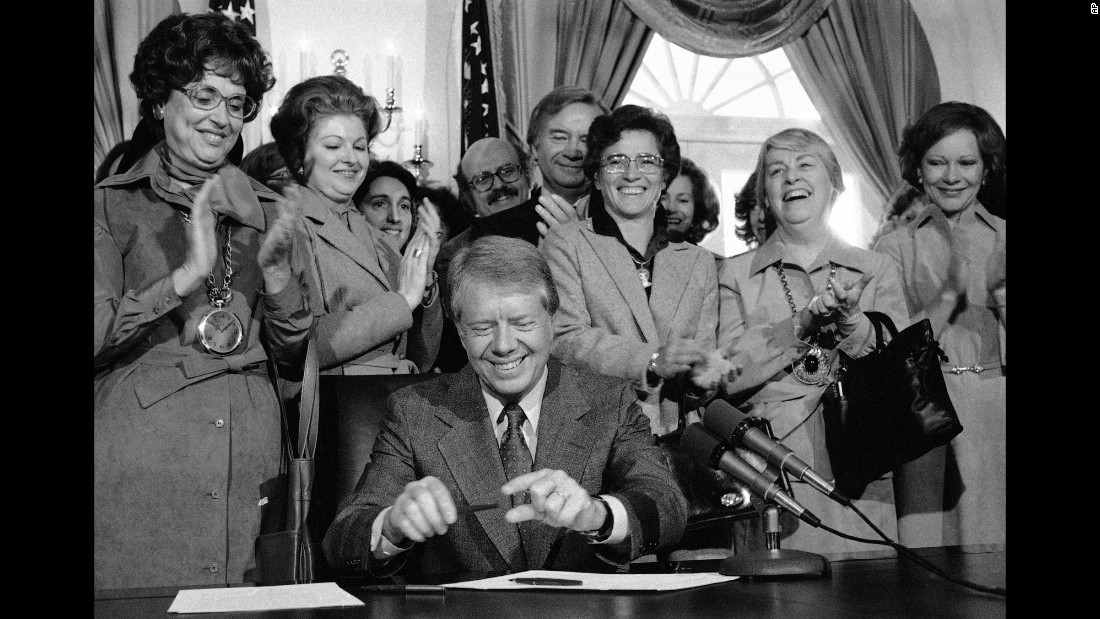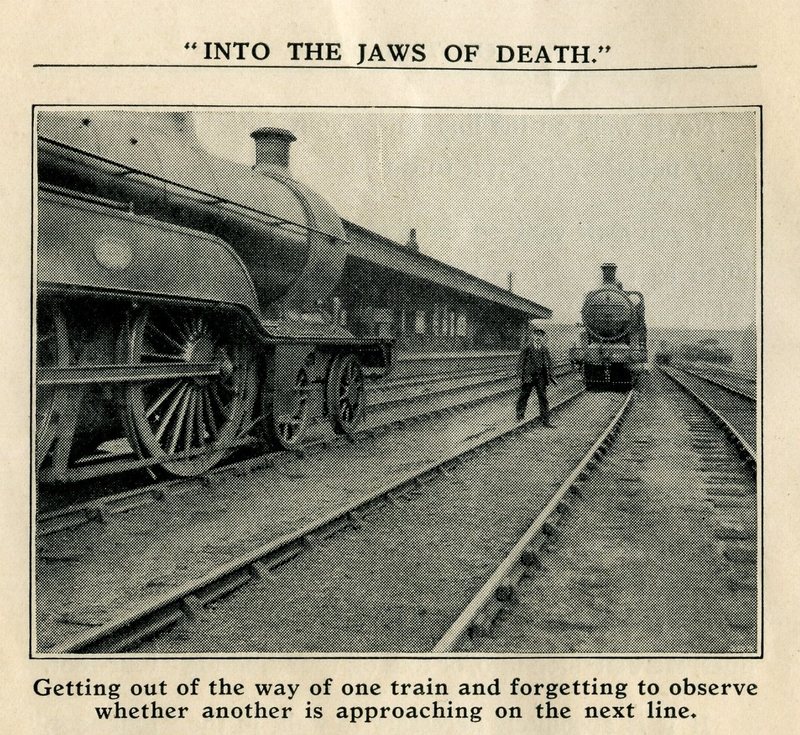
Results from Pinellas County look extremely favorable. +1 Trump in 16, +8 for Biden with 75% of votes counted
Naturally, I don't know if that is all mail-in ballots or anything. But still.
Brevard County was Clinton -20. With 73% of votes in, it's Biden -10. That's a big shift too.
Miami-Dade however is showing a pretty big shift toward Trump
• • •
Missing some Tweet in this thread? You can try to
force a refresh







